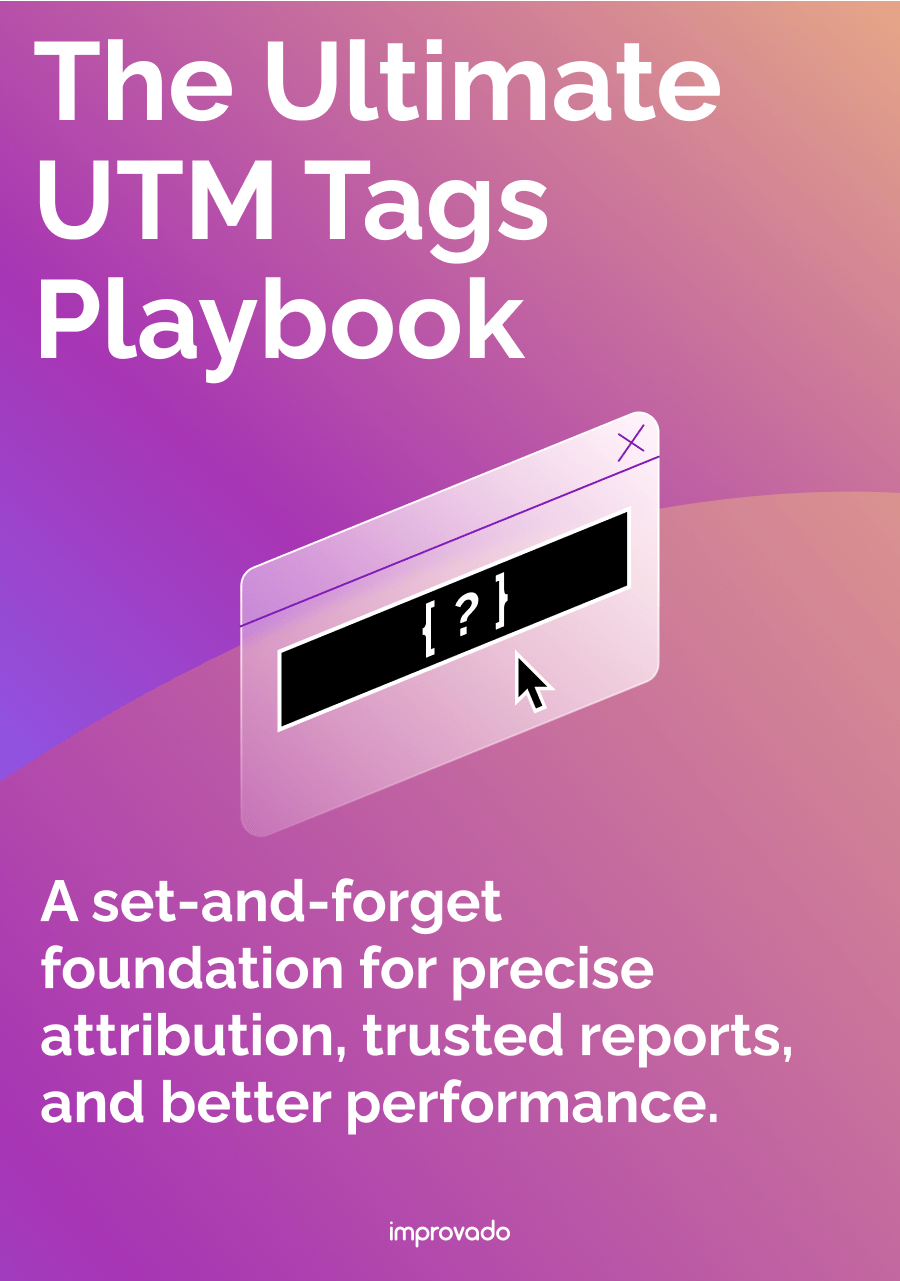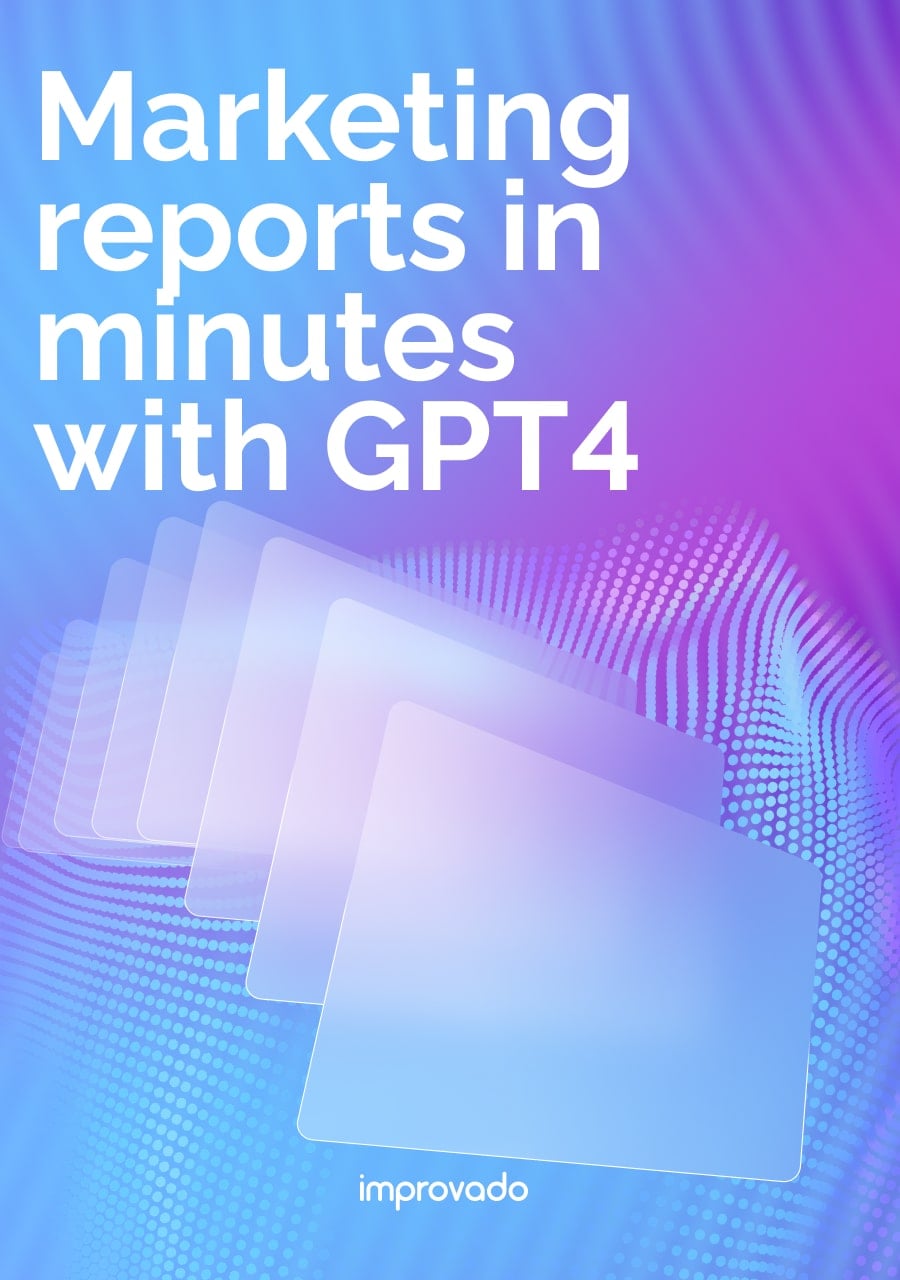You do not need another fluffy “data is the new oil” pep talk.
You need clean, trustworthy data moving from Point A to Point B, with transformations you can defend, and results you can use. That is the job of ETL.
This blog article gives you the practical, end-to-end playbook, with a bias toward how modern marketing and analytics teams actually run. We will cover the meaning of ETL, the individual components, real ETL processes, and concrete examples you can adapt.
Key Takeaways:
- ETL is foundational for analytics. Reliable pipelines ensure that data is accurate, consistent, and analysis-ready, reducing downstream errors and the need for manual cleanup.
- ETL vs. ELT is about trade-offs. ETL prioritizes curated, compliant datasets, while ELT emphasizes flexibility and scalability. Many teams adopt hybrid approaches.
- Reverse ETL activates insights. Pushing warehouse data back into operational systems connects analytics to execution, closing the loop for marketing and revenue teams.
- Purpose-built platforms accelerate ETL. Instead of managing fragile, in-house pipelines, solutions like Improvado streamline extraction, transformation, governance, and delivery at enterprise scale.
What Is ETL?
Modern ETL sits inside a broader data pipeline, which may include orchestration, monitoring, testing, lineage, and governance. The key difference is scope.
A data pipeline can move any data for any reason. An ETL pipeline exists to produce analysis-ready datasets, typically for a data warehouse ETL layer that feeds BI and modeling.
What Are the Individual Components of ETL?
Extract
Data extraction pulls raw records from your sources at the correct grain and cadence. In practice, this means carefully selecting endpoints, fields, and time windows that respect API limits while capturing enough historical depth to support accurate modeling.
For marketing teams, this typically spans paid media platforms, web analytics tools, CRMs, commerce systems, and sometimes flat files or email attachments. Improvado’s Connect & Extract module consolidates this process across 500+ sources, offering highly granular field selection and flexible delivery to multiple destinations. When APIs aren’t available, it supports flat file ingestion to ensure no data source is left behind.
Good extraction strategies:
- Selecting the lowest stable grain that balances cost, speed, and reporting needs.
- Using incremental pulls or change data capture wherever possible.
- Monitoring schema drift and field deprecations to prevent pipeline failures.
- Retaining sufficient historical data for seasonality, attribution, and cohort analysis.
Extraction is the foundation of the pipeline, gathering data from diverse systems and preparing it for standardization, modeling, and advanced analytics.
Transform
Data transformation converts and harmonizes the raw inputs into an analysis-ready model. Typical steps include type casting, deduplication, time zone normalization, currency conversion, taxonomy mapping, and business-logic calculations.
Improvado’s Data Transformation Framework gives you ready-made templates for common marketing use cases, plus a no-code canvas for joins, groups, and filters. Teams can standardize fields, decode naming conventions, and maintain multi-currency reporting without writing custom code.
Best-practice transformations for ETL data:
- Map source metrics to a common schema so “impressions” means one thing everywhere.
- Normalize campaign and ad naming into structured fields for grouping and QA.
- Enforce currency and time zones so apples compare to apples.
- Encode business rules in versioned models with tests and documentation.
These are not “nice to haves.”
Data quality problems derail analytics. Broad surveys report most companies rate data quality as average or worse, which directly undermines BI and AI initiatives.
Structured ETL testing and validation during transform is how you get out of that trap.
Load
The data loading phase writes cleaned data to a target, often a warehouse or a governed layer that BI tools query. A well-designed ETL database layout separates raw, staged, and modeled schemas, supports idempotent upserts, and keeps slowly changing dimensions accurately. Vendor-neutral guidance stresses using staging tables and business rules to ensure reliable writes.
ETL Examples
Below are practical ETL workflows specifically designed for marketing and revenue teams. Each follows the extract–transform–load pattern enhanced with data governance and insight generation.
Multi-Channel Paid Media Rollup
- Extract: Pull daily spend, impressions, clicks, conversions, and cost details from paid media platforms. Include creative attributes and campaign settings to support deeper performance analysis.
- Transform: Normalize channel metrics into a consistent schema, decode naming conventions into structured fields, convert currencies, and join campaign data with web analytics to measure session quality and downstream actions.
- Load: Write the data into a conformed fact table with dimensions for campaign, ad set, creative, geo, device, and audience, enabling cross-channel reporting and performance optimization.
Organic and Content Performance Consolidation
- Extract: Ingest metrics from web analytics tools, search console data, social media engagement, and CRM leads to capture the full picture of organic activity.
- Transform: Standardize content and page metadata, create topic clusters for analysis, and map leads back to content interactions to measure contribution to pipeline.
- Load: Deliver a model that highlights content ROI, supports cohort analysis, and enables attribution reporting for SEO and content performance.
Ecommerce Revenue Attribution
- Extract: Pull order data, line items, discounts, refunds, and customer details from commerce systems, along with campaign and channel data for acquisition context.
- Transform: De-duplicate orders, resolve customer identities across systems, join marketing touches to transactions, and calculate contribution margin and other profitability metrics.
- Load: Publish a revenue fact table and a customer dimension with lifecycle stages to support advanced attribution, LTV analysis, and revenue forecasting.
How to Build an ETL Process?
A repeatable ETL process is more than just “running the script.” For marketing and analytics teams, it must deliver reliable, governed, and analytics-ready data.
Below is a blueprint that takes you from initial requirements through to operational observability, incorporating best practices from modern data engineering and marketing analytics.
1. Requirements and Modeling
Before you touch a connector, clarify the business decisions the data must enable. Don’t just list sources—define the questions you need to answer.
- Specify the grain (daily, hourly, impression-level) and keys (campaign IDs, user IDs, order IDs) for fact tables and dimensions.
- Plan for seasonality windows, attribution lookbacks, and historical backfills so your first load isn’t obsolete.
- Architect with scalability: design for varied workloads (batch and streaming), enforce governance, and align with your data warehouse’s tiering and performance model.
2. Source Analysis and Extraction Planning
Every API has quirks. Mapping them early avoids downstream failures.
- Inventory APIs, quotas, endpoints, available fields, and lookback limits.
- Select incremental extraction windows aligned to API rate limits and your SLAs.
- Add ingestion paths for flat files, spreadsheets, or email attachments to cover long-tail sources not exposed via APIs.
3. Transformation Design
Raw data is useless without modeling. This is where pipelines create analytic value.
- Build conformed dimensions across channels, campaigns, ad groups, creatives, devices, and geos.
- Create calculated metrics and attribution models that withstand executive scrutiny.
- Standardize currencies, time zones, and languages; encode those rules in the pipeline.
- Validate naming conventions with rule-based checks so malformed data is rejected early.
4. Data Governance and Testing
Governance ensures your pipelines don’t silently drift into error.
- Add unit tests at the model layer, plus row-count and referential checks for integrity.
- Monitor schema drift, null spikes, late-arriving facts, and outliers in real time.
- Enforce taxonomy, naming, and compliance rules (GDPR, SOC 2, HIPAA where relevant) with automated checks.
5. Orchestration and Reliability
Data operations fail, it’s orchestration that prevents failures from becoming outages.
- Use dependency-aware schedulers with retries, exponential backoff, and loud alerting.
- Make loads idempotent and checkpointed for safe incremental windows.
- Partition large tables to reduce costs and accelerate queries.
- Maintain runbooks for backfills and rebuilds, not just “happy-path” flows.
Neutral ETL guidance emphasizes staging areas and dedicated transform engines; your orchestration should complement these rather than compete.
6. Observability, Lineage, and Documentation
Stakeholders won’t trust what they can’t see. Observability is as much about credibility as performance.
- Track full lineage from source field to dashboard widget.
- Expose freshness, sync times, and row counts to end users to reduce “is this right?” churn.
- Document assumptions, business logic, and model intent in your repo or catalog.
ETL vs. ELT: What Is the Difference?
ETL transforms data before loading to the destination. ELT (Extract, Load, Transform) flips the order, loading raw data first, then transformed directly within the destination system (typically a warehouse or lakehouse).
ETL centralizes logic in the pipeline layer, which is ideal for compliance-sensitive environments that require strict curation and lineage before storage.
ELT shifts the heavy lifting to the warehouse, offering flexibility, scalability, and reduced latency for organizations that need to iterate on models quickly.
In practice, many enterprises adopt a hybrid strategy: validating taxonomy and compliance at ingestion while offloading enrichment and advanced modeling to the warehouse tier.
Choose ETL When:
- Governance and compliance are mandatory: Datasets must be validated and curated before storage for regulatory or contractual reasons.
- Upstream standardization is essential: Harmonizing schemas and taxonomies early reduces downstream fragmentation and uncontrolled model sprawl.
- Source-specific cleansing is complex: Legacy systems or marketing APIs may require heavy enrichment, business rules, or anomaly handling before the data is fit for warehouse ingestion.
Choose ELT When:
- Raw history is strategic: You want to preserve detailed source data for future reprocessing, auditing, or advanced modeling.
- Warehouse compute is more efficient: Cloud warehouses and lakehouses offer cost-effective, elastic compute close to storage, making large-scale transformations faster and cheaper.
- Agility is a priority: Analysts and data scientists need to iterate rapidly on models, metrics, and joins without changing upstream ingestion flows.
What Is Reverse ETL?
The goal is to make insights actionable. For example, a marketing team can send customer lifetime value segments from the warehouse directly into Facebook Ads or Google Ads for better targeting, or sync product usage data into Salesforce so sales reps have context before outreach.
At a technical level, reverse ETL emphasizes:
- Model alignment: Ensuring that metrics and dimensions defined in the warehouse are preserved when delivered downstream.
- Governance: Validating that only authorized, compliant data leaves the warehouse, especially in regulated industries.
- Timeliness: Scheduling syncs or using event-driven triggers so operational systems reflect the latest available data.
In modern data stacks, reverse ETL transforms the warehouse from a passive reporting layer into a hub for operational decision-making, connecting analytics directly to day-to-day execution.
ETL Best Practices
ETL pipelines are rarely noticed when they run well, but they become highly visible when they fail. To reduce surprises and maintain confidence in reporting, teams should adopt disciplined practices that make pipelines easier to maintain, govern, and scale.
- Design for backfills and audits. Build pipelines so historical windows can be replayed without creating duplicates. This requires clear primary keys, windowing logic, and reconciliation procedures. A system that supports audits makes compliance checks and forensic analysis far easier.
- Harden idempotency at load time. Instead of blind inserts, use merge logic to guarantee that re-running a job produces the same results. This prevents double-counting metrics and ensures historical stability.
- Automate schema change detection. APIs and source systems evolve constantly. Set up automated checks for field additions, removals, or type changes, and notify data owners before these changes break production models or dashboards.
- Treat tests like code. Write assertions for row counts, null ratios, referential integrity, and key business rules. Run these validations automatically in every pipeline execution, just like unit tests in software engineering.
- Document business logic. Models should explain not only how metrics are calculated but why those definitions exist. Keep a readable change log so analysts and business stakeholders can track how logic evolves over time.
- Monitor freshness and cost. Track how current the data is relative to SLAs and alert when sync times slip. Monitor compute and storage consumption to identify wasteful jobs that need tuning.
- Enforce governance at the point of entry. Apply naming conventions, taxonomy standards, and campaign setup rules during ingestion, not after the data is already polluted. Early validation prevents costly downstream cleanup.
How Improvado Supports a Complete ETL Pipeline
As marketing data grows more complex, building and maintaining ETL pipelines in-house often leads to hidden costs, technical debt, and delays in reaching insights. A purpose-built platform can simplify this work by consolidating extraction, transformation, and loading into a reliable, governed process.
Improvado provides end-to-end coverage for every stage of the ETL process:
- Extraction: Automates data ingestion from 500+ marketing, sales, and revenue sources, with support for APIs, flat files, and custom inputs.
- Transformation: AI-powered assistants clean, map, and normalize data from diverse platforms, while pre-built marketing data models accelerate deployment. Handles schema drift, currency conversions, and taxonomy governance.
- Load: Delivers analysis-ready data into warehouses, BI tools, or dashboards. Supports high-volume loads.
- Governance: Adds automated quality checks, compliance rules, and monitoring to ensure trust and reliability at scale.
This structured approach replaces fragmented pipelines with a single managed platform, reducing engineering overhead and accelerating time to insight.
.png)
.jpeg)




.png)
